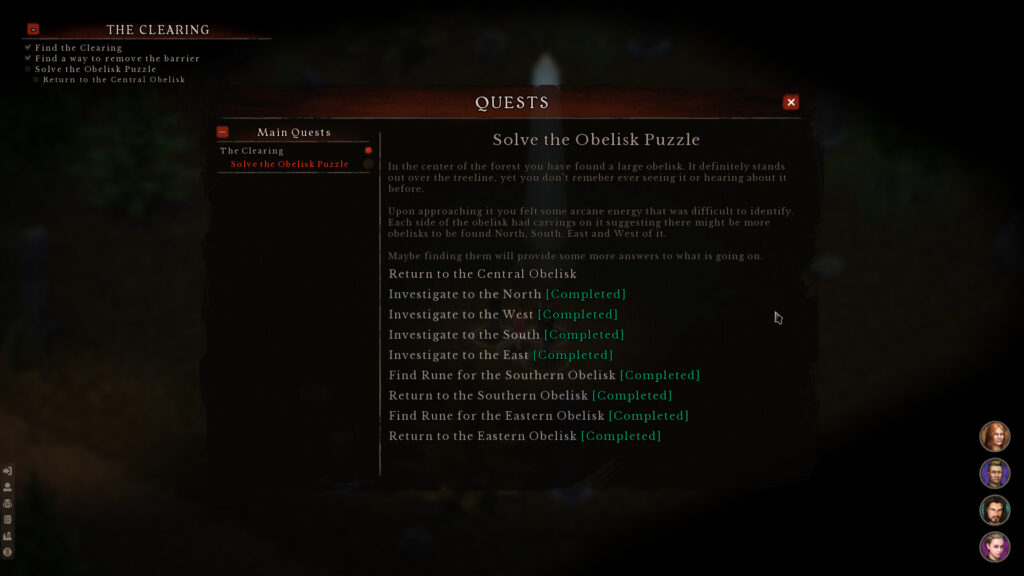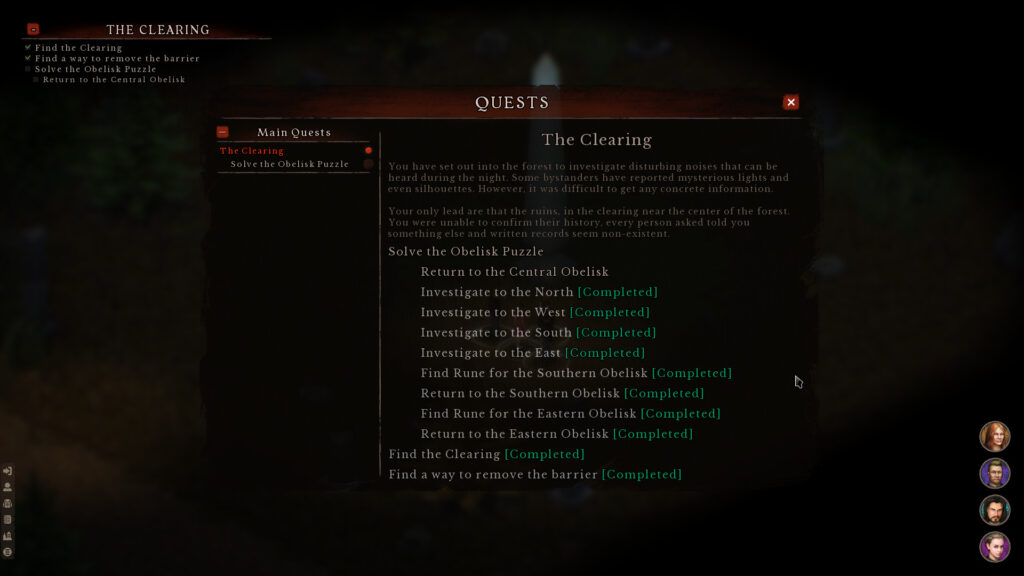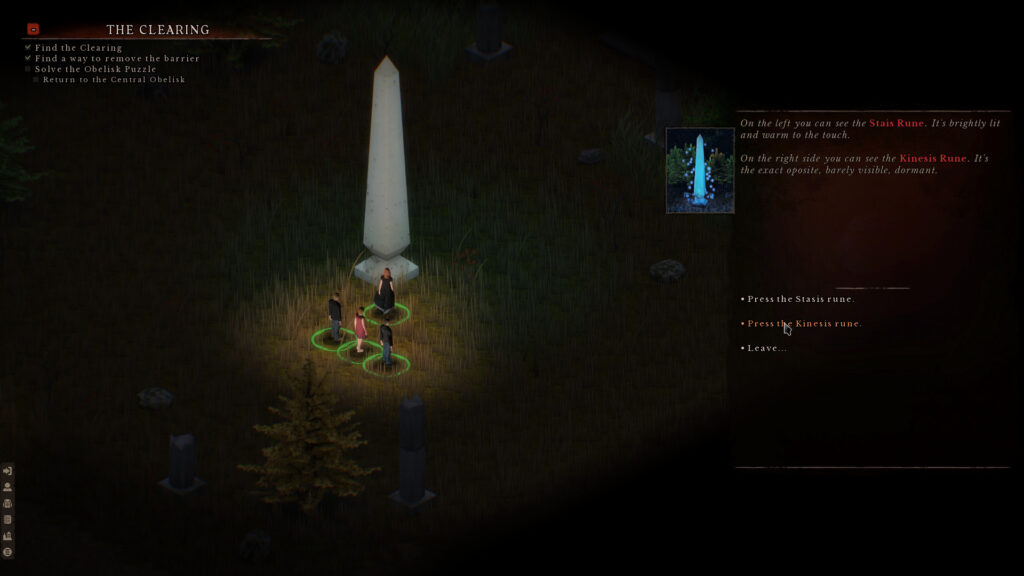Quests tie all parts of an RPG together. They provide the motivation to keep playing as well as track the player’s progress through the game. Because they are so central, they can get quite complex.
This week more work has been done on the main quest for the demo. That means both creating the actual content, as well as making improvements to the system that manages it.
Quests in Elemental Enigma from the very beginning were represented as hierarchical graphs, a fairly natural way for branching narratives. The idea is to make as easy as possible to create a free form way for the player to progress, while still maintaining some structure.
Each quest is made up of multiple phases, which are moments in the game where the player needs to perform something. They can be very simple, as in – go get that item, or extremely complex having their own internal set of conditions and steps.
Complex quest phases can be made clearer by having sub-quests – smaller quests, that are to help the player go through an individual phase. The can be tracked in the game separately. And, at least in theory, sub-quests can have their own sub-quests, if needed. Making it a multilayered hierarchy.
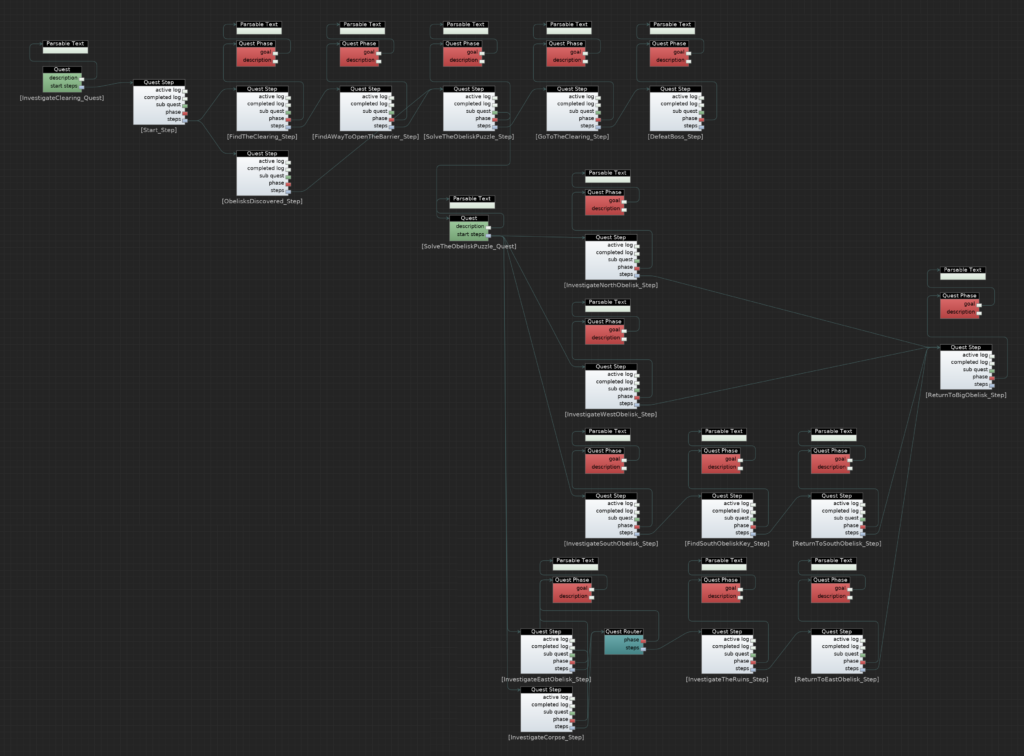
As mentioned in the previous quest update, there are multiple ways to create Narrative Systems and processes with which to create Quests. It’s usually best to tailor the system to a kind of game one is trying to make. Linear jRPGs will have different needs to Open-World Immersive RPGs.
Elemental Enigma is using the briefly described here hierarchical graph approach, which was designed to facilitate building of a narrative filled with player choices. So far, while working on the current demo, the results are promising.
